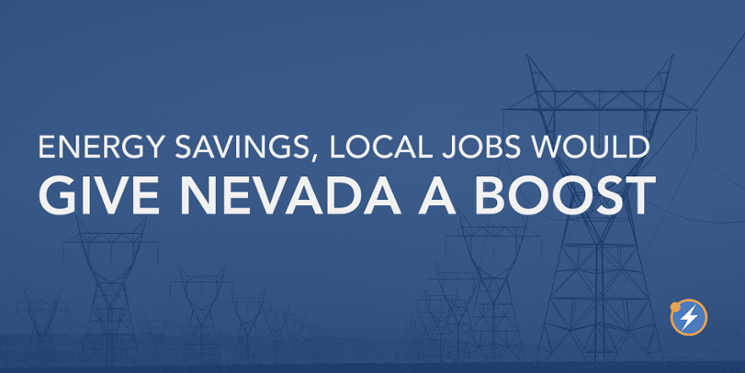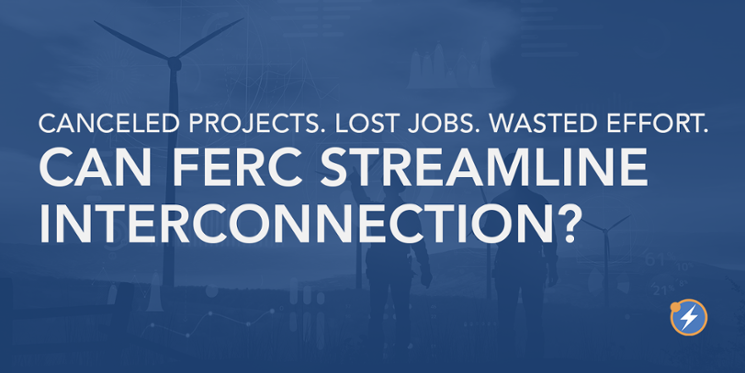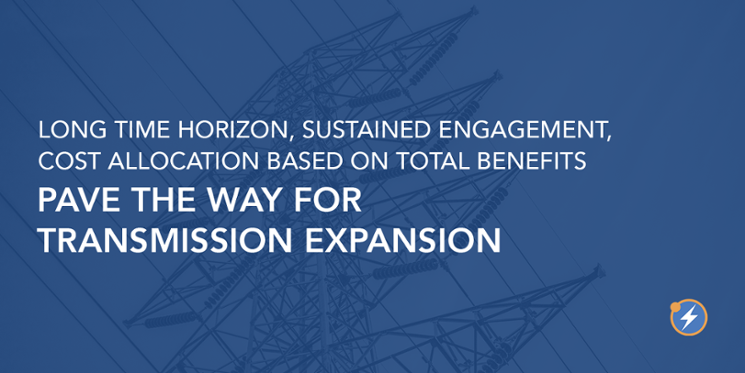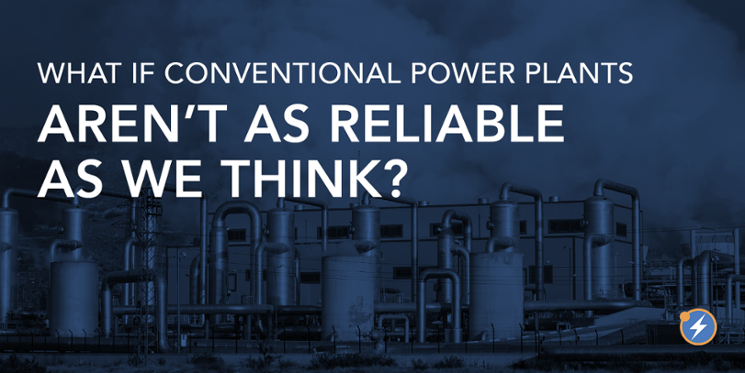
For the second time this year, Nevada’s energy leaders are convening to discuss the future of Nevada’s transmission system. Born from bipartisan (and AEE-supported) Senate Bill 448 (2021), the Regional Transmission Coordination (RTC) Task Force is charged with studying issues and policies related to transmission development and regional electricity markets for the Silver State. At the meeting today, the Task Force will hear about several competing efforts to create a more efficient and affordable western grid. There will be presentations from the California Independent System Operator, the Southwest Power Pool, and the Western Power Pool – each vying for Nevada’s attention and consideration. And while the exact contours of the West’s “Grid of the Future” remain to be determined, the benefits of a west-wide power system are becoming increasingly clear.



